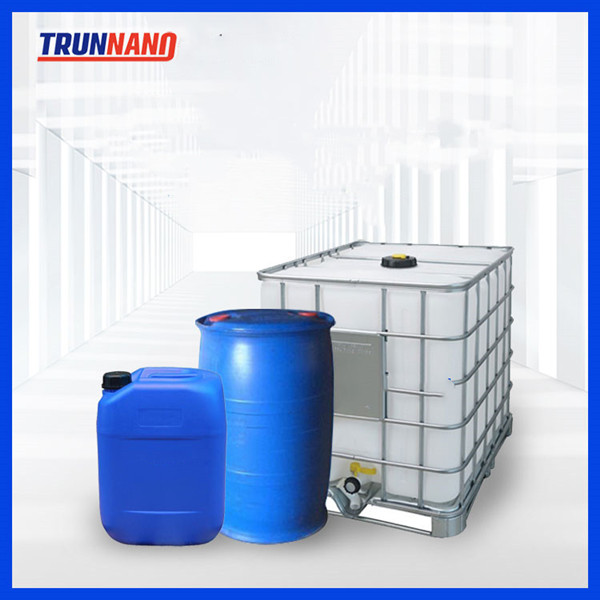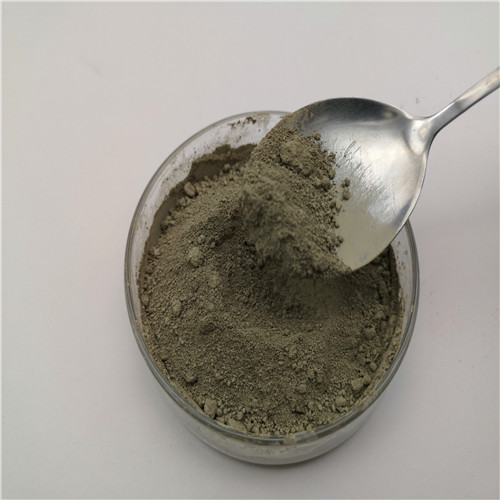Professional solutions on concrete addtives, Concrete Foaming Agent, Superplasticizer, CLC Blocks Additives, and foaming machine
(Problems when using pce powder)
In terms of action mechanism, the molecular structure of polycarboxylate superplasticizer is comb type, and the polar anion "anchoring" group with strong main chain is used to adsorb on cement particles. The outward extending comb structure supported by many branched chains provides a sufficient spatial arrangement effect for the further dispersion of cement particles. Compared with the electrical repulsion of the double layer of naphthalene superplasticizer, the steric hindrance makes the dispersion stay much longer. By properly changing the comb structure of polycarboxylate superplasticizer and changing the density and length of side chain, the high water reducing and high early strength superplasticizer suitable for prefabricated components can be obtained. Polycarboxylate superplasticizer can adjust and change the molecular structure according to the requirements to achieve the purpose of changing the performance, rather than using a simple compound to modify, based on this understanding, it may inspire the improvement of our application technology in the future.
The adaptability of polycarboxylate superplasticizer to cementing materials the saturation point of polycarboxylate superplasticizer varies greatly among different kinds of cement, so it is very important to find the saturation point of different cement. However, if the user is only allowed to add 1.0%, under this content, if the adaptability of the selected cement is not good, it is very difficult for the admixture provider to do so, and the compound method often has little effect.
The adaptability of the first-grade ash is good, and the second-and third-grade ash does not adapt to the situation, so the effect is not obvious even if the content of polycarboxylic acid is increased. Often when one kind of cement or fly ash is not adaptable to the admixture, when you change another admixture is still not completely satisfied, you may have to change the cementitious material eventually.
Problem of mud content in sand
When the mud content of sand is high, the water reducing rate of polycarboxylate superplasticizer will decrease obviously. The use of naphthalene superplasticizer is often solved by increasing some content, but the polycarboxylate superplasticizer does not change obviously when the content is increased. In many cases, when the fluidity does not meet the requirements, the concrete has begun to bleed water. At this time, the effect of adjusting sand rate, increasing gas content or adding thickener will not be very good. The best way is to reduce the mud content.
Problem of inspiring air
Polycarboxylate superplasticizer often retains some surface active components that reduce the surface tension in the production process, so it has a certain air-entraining property. These active components are different from the traditional air entraining agent. Some necessary conditions for producing stable, small and closed bubbles are considered in the production process of the air entraining agent, and these effective components will be added to the air entraining agent. As a result, the bubbles brought into the concrete can not only meet the requirements of air content, but also will not adversely affect the strength and other properties. In the production process, the gas content of polycarboxylate superplasticizer can sometimes be as high as 8%. If it is directly used, it is disadvantageous to the strength, so the current approach is to defoaming first and then bleed air. Defoamer manufacturers can often provide, and air entraining agents sometimes need to be chosen by the application unit.
Content of polycarboxylic acid superplasticizer.
The polycarboxylic acid superplasticizer has the advantages of low content, high water reducing rate and good slump maintenance, but the following problems also occur in application: 1 the content is very sensitive and shows a higher water reducing rate when the water binder ratio is small, but when the water binder ratio is above 0.4, the water reducing rate and its change are not so obvious, which may be related to the action mechanism of polycarboxylic acid superplasticizer. Its dispersion and retention lies in the steric hindrance effect formed by the molecular structure. When the water-binder ratio is high, there is enough space between water molecules in the cement dispersion system, so the steric hindrance effect of polycarboxylic acid molecules is naturally smaller. (2) the effect of the amount of cementitious material is more obvious when the amount of cementitious material is large. Under the same conditions, the water reducing effect of the total amount of cementitious materials < 300 μ m / m3 is less than that of > 400 μ m / m3, and it will have superposition effect when the ratio of water to binder is large and the amount of cementitious materials is small. Polycarboxylate superplasticizer is developed for high performance concrete, so its performance and price are more suitable for high performance concrete.
Compounding of polycarboxylate superplasticizer
Polycarboxylate superplasticizer cannot be compounded with naphthalene superplasticizer. If the two kinds of superplasticizer are used in the same equipment, they will have an impact when they are not thoroughly cleaned. Therefore, polycarboxylate superplasticizer is often required to use a set of equipment alone. According to the current use, the compatibility of air entraining agent and polycarboxylate is good, which is mainly due to the low content of air entraining agent, which can be further compatible and complementary with polycarboxylate superplasticizer. The compatibility of sodium gluconate in retarder is also good, but it is poor with other inorganic salt admixtures, so it is difficult to compound.
The PH value of polycarboxylate superplasticizer
The PH value of polycarboxylate superplasticizer is lower than that of other superplasticizers, some of which are only 6-7, so they are required to be stored in FRP, plastic and other containers, but not in metal containers for a long time. It will cause the deterioration of polycarboxylate superplasticizer, and it will affect the life of metal container and the safety of storage and transportation system after long-term acid erosion.
Concrete Additives Supplier
TRUNNANO is a reliable foaming agents supplier with over 12-year experience in nano-building energy conservation and nanotechnology development.
If you are looking for high-quality polycarboxylate superplasticizer, please feel free to contact us and send an inquiry. (sales@cabr-concrete.com)
We accept payment via Credit Card, T/T, West Union, and Paypal. TRUNNANO will ship the goods to customers overseas through FedEx, DHL, by air, or by sea.
(Problems when using pce powder)







